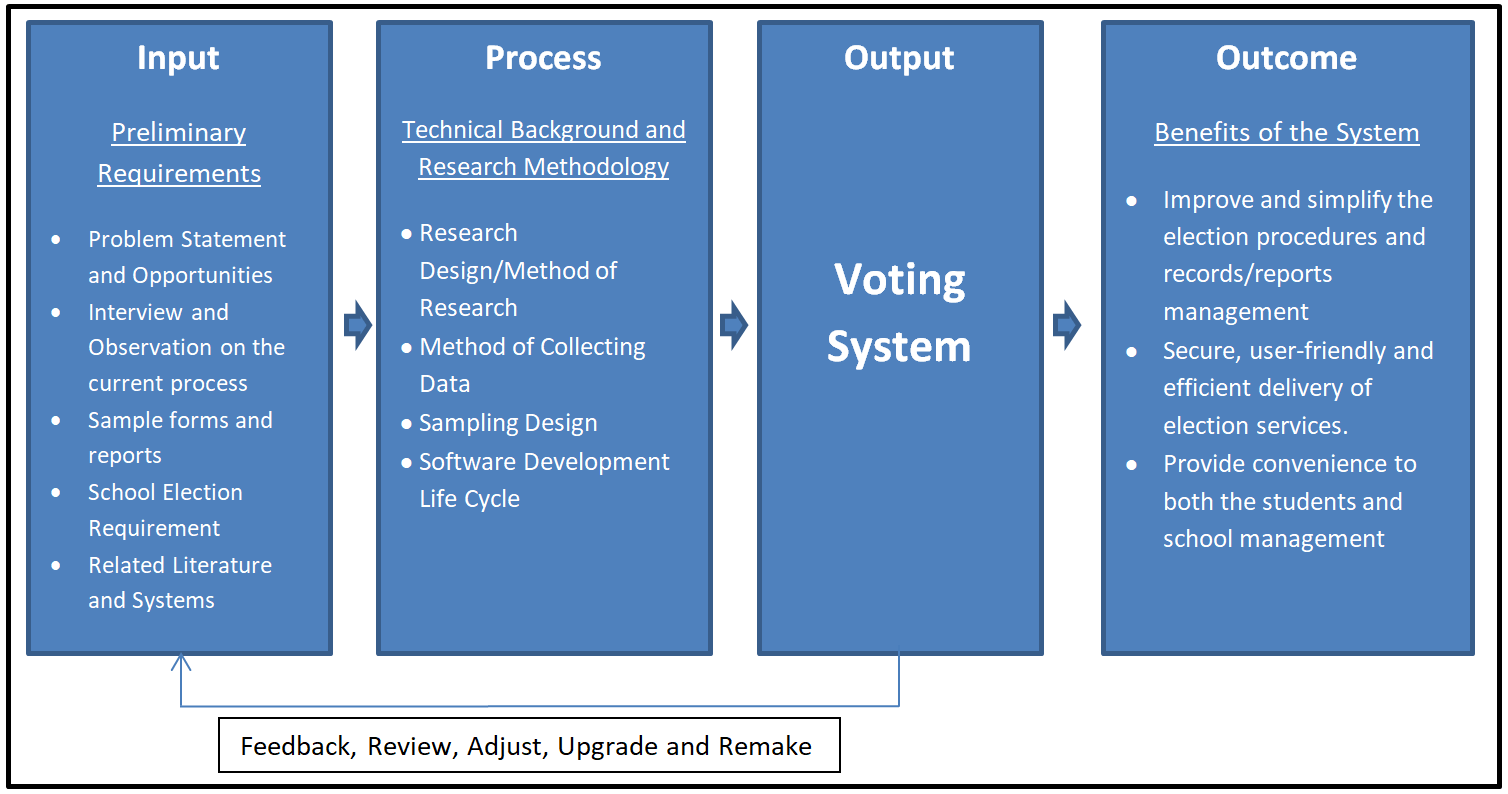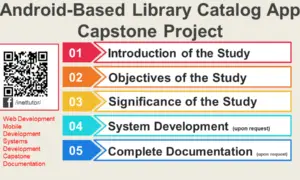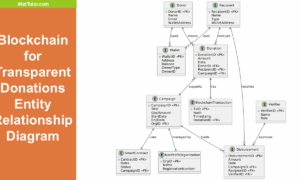IPO Model Conceptual Framework of Voting System
The capstone project entitled “Voting System” is a computer based version of the manual voting system that uses pen and paper method, instead the researchers developed a database systems that will automate the processes and report generation of the voting system.
This article will give you an example on how to prepare a conceptual framework on the capstone project entitled Voting System. The model used for the conceptual framework of this study is the input, process, output model or IPO model.
Objective of the Study
- The study aims to design, develop and implement a system that manages the processes and reports generation of Voting System.
- To convert the manual processes into automated version in order to implement an easy, convenient and systematic method of records management.
- To determine the effectiveness of the developed system using a standard set of evaluation criteria.

The image above is the conceptual framework of the project entitled Voting System. It is based on IPO model or also known as the input, process and output model.
Input
The input phase or the knowledge requirement stage consists of the following:
- Problem Statement and Opportunities – the researchers selected to conduct a study on the voting system since the students and the management are claiming that the manual process of voting is error prone and time consuming. The problems stated on the current system is an opportunity to the researchers by presenting a project that can eliminate those problems.
- Interview and Observation on the current process – the researchers conducted a preliminary interview and observation method to further understand the processes involved in the current voting system.
- Sample forms and reports – the researchers also gathered the sample forms and reports. This serves as a guide in the preparation of form design and reports of the system.
- School Election Requirement – flow chart of the current system was also part of the data gathering, it is an important part in understanding the steps and processes involved in the entire process of voting system.
- Related Literature and Systems – the researchers conducted a research on the different literatures and related systems to serve as a guide in the development of the Voting system.
Process
Method of Research
The researcher used descriptive-developmental research. This study describes developmental research in terms of the traditional stages of planning, conducting, and reporting a research project—problem definition, literature reviews, and research procedures (link.springer.com). Descriptive research describes what the study is. The study focuses at the present situation and the purpose is to find new truth. It is concerned with conditions of relationships that exist, practices that succeed processes that are going on, effects that are developing. Descriptive research involves the elements of interpretation of the significance of what is described and the major emphasis is on the discovery of ideas and insights (www.slideshare.net).
Method of Collecting Data
The researchers used interviews as a way to get in-depth and to gather data. It consists of one person interviewing another person for personal or detailed information. The interviewer will ask questions from a written questionnaire and recorded the answers in order to summarize the findings.
Development of Research Instrument
Before the researchers have collected the data, the researchers created a self-made research instrument. This self-made instrument was validated by three experts using the Good and Scate questionnaire. To test the quality of the system, the researchers used standard criteria set in McCall’s Software Quality Model questionnaires.
Software Development Life Cycle
Analysis and Quick Design
During Analysis and Quick Design, the researchers did an interview with the respondents where the study was conducted. The respondents were given the chance to suggest and to request on how the system will be designed and be developed. After conducting the data gathering, the researchers made an initial design for the developed system.
Data Analysis
The researchers analysed all the data, information, and the user requirements. This phase, the project lifecycle began. The researchers tried to understand the data and information on how to create the system and help conceptualize on how the developed system would be began beneficial to the operators. It analysing the needs of the end users to ensure that the new system can meet their expectations.
System Design
The researchers started to develop the system. This phase describes the necessary requirements, features and operations that satisfies the functional requirements of the developed system which in place. This phase decides how the system operates.
Prototype Cycle
This phase includes the process of building a model of the system, the demonstration and the refinement of collected data. The researchers first built a prototype model based on the planed design that was be demonstrated to the respondents. After building the prototype, the researchers showed the function of the system, the flow on how it works, and the functions of the features that are included in the system. The last stage is refinement. In this stage the researchers improved the system by operator’s additional requirements. This was included the changes in flow, functions and features based on the requirements that the respondents had requested. This helped the researchers in developing an initial set of system requirements.
Testing
This includes the feed backing of the developed system that was installed and tested by three (3) experts and its intended users. This part put into production by moving the data and components from the old system to the new system.
Output
The final product of the study is a database driven information system that will replace or aid the respondents in conducting the Voting system. Implementation of the system is highly encouraged.
Implementation
In this phase the implementation of the developed system was discussed by the three (3) experts was evaluated the developed system. This phase also discussed if the recommended functions and suggestions of the respondents and users are met.
Outcome
Benefits of the System:
- Improve and simplify the election procedures and records/reports management
- Secure, user-friendly and efficient delivery of election services.
- Provide convenience to both the students and school management
Recommendations:
- The researchers recommend that the school may consider implementing the project for it is more convenient to vote.
- The researchers recommend that future researchers/developers continue to improve the proposed system.
Message us on our facebook page for the complete documentation of the project.
You may visit our facebook page for more information, inquiries and comments.
Hire our team to do the project.


